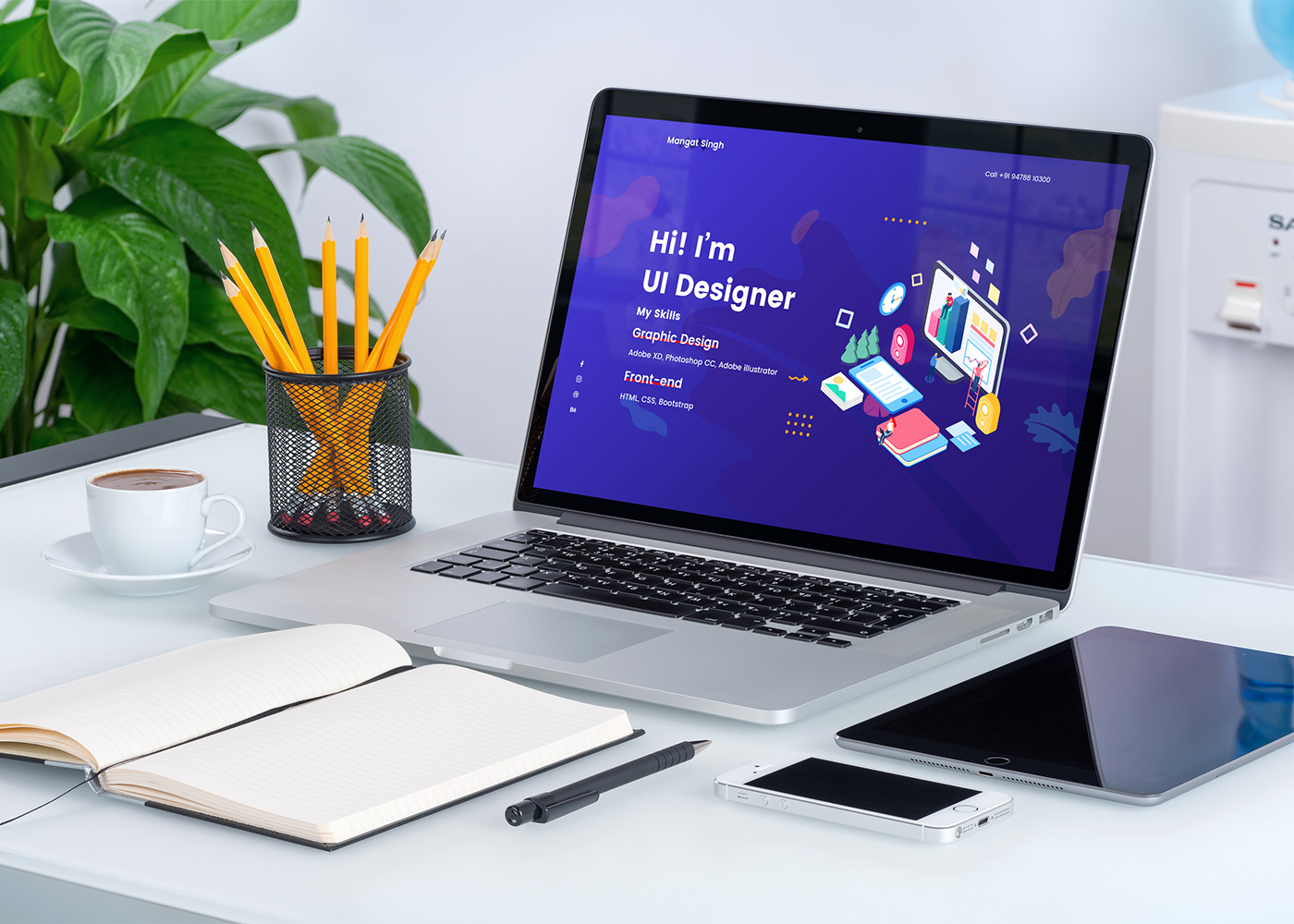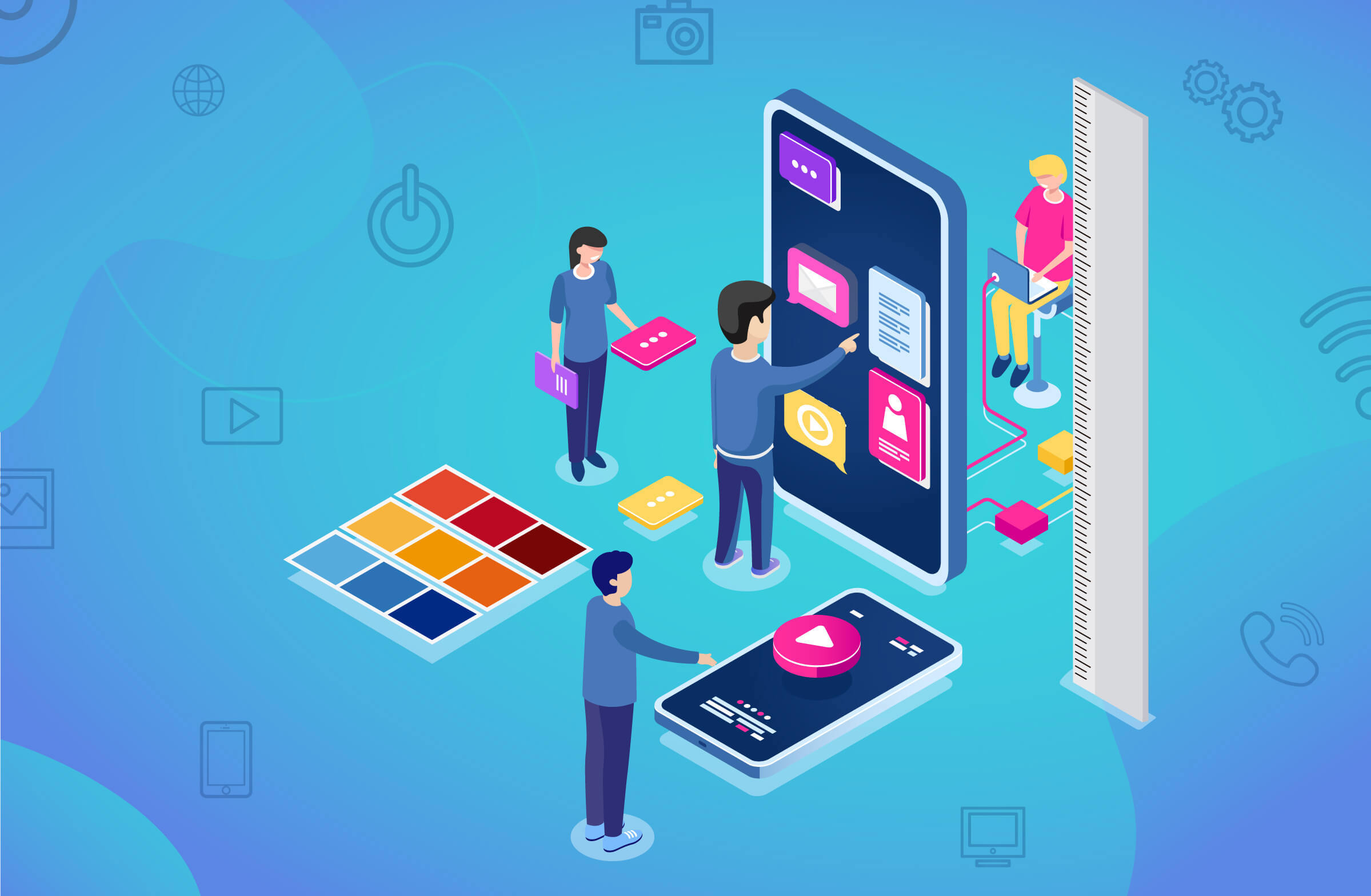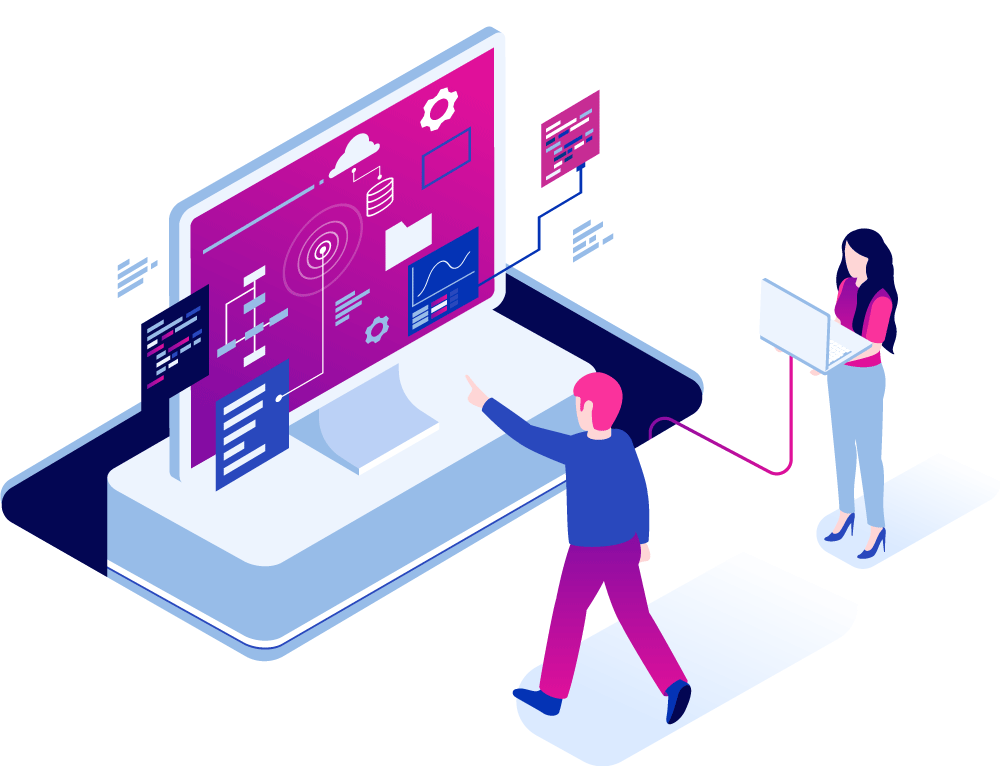Table of Contents
Usability Testing
The purpose of usability testing is to evaluate a product or service by testing it with users. Participants will attempt to complete tasks during the test while observers listen, watch and take notes. It is intended to identify usability issues, gather qualitative and quantitative data, and assess the participants’ satisfaction with the product. UX researchers usually conduct usability tests on every product iteration, from its initial development through its release.
The usability test will allow the development and design teams to identify potential problems before they are coded. The sooner issues are detected and fixed, the more cost-effective they will be in terms of staff time and potential impact on the schedule.
You May Like : What Is Preference Testing In UX?
Usability Testing Tips
1- Test as soon as possible
Testing earlier will make it easier to make changes and thus have a greater impact on the product’s quality. Many design teams will use the excuse that “the product isn’t finished yet.” To postpone testing, we’ll test it later. We all want our work to be perfect. That is why we avoid showing half-baked designs. If you don’t have a feedback loop, you will likely need to make significant changes after the product is released to the marketplace. This is the classic error: thinking that you are the user and designing your product. You will save so much time and energy if you can learn quickly and prevent any problems from ever happening.
2- Have a flexible behavior with your questions
When conducting usability testing sessions, having a list of questions prepared will be a huge help. While a list is essential, it’s sometimes a good idea to just ‘follow your nose’ and guide the conversation in a more productive direction.
Have you ever had a conversation over a drink with a friend, lost track of time, and found yourself discussing something totally unrelated? Letting your usability testing sessions drift off-track is not a good idea. However, it is possible to uncover some interesting insights by paying attention to the user’s responses and behavior during user testing sessions and following interesting leads.
With enough practice and good luck, you can answer core questions (prepared) and ask any other questions that arise during the session. However, this skill is challenging to master.
3- Recruit Representative Users
Identifying the questions you want is essential, but it is equally important that the test participants be representative of your target audience (user profile). If your target audience isn’t represented, it’s not worth watching them use your product. Once you know what product to test, it’s time to start recruiting. You should carefully select people to help you achieve your goals. It is difficult to find people for usability testing. Many companies are not communicating with their users because of recruiting. Therefore, make an extra effort to find people representative of your target audience.
Analyze user data
A quick analysis of the information available (for example, analytics data, customer support tickets, and surveys) will allow you to assess what you know or don’t know about your customers if your product has one.
Also Read : What’s Pilot Testing, And How It Can Helpful?
Test with strangers, not just friends
While getting feedback from family and friends is great, it won’t be enough. For better results, however, you will need to have independent users who have not used your product before. Friends and family may be too familiar with the product to understand how real people would perceive it.
Think quality
Sometimes product teams believe they need many participants for usability test. In reality, usability issues can be identified with just five people. People unfamiliar with your product are likelier to notice the most critical problems. However, it is harder for you to see them because you don’t have fresh eyes. You’ll learn much about your product from the first person you meet but not much from the second.
4- Design as an Iterative Process
Many product teams view the design process as a linear process. It starts with user research and then goes through a prototyping phase before it ends with testing. It is best to view it as an iterative process.
As much as designing, coding, and gathering requirements, testing is an integral part of the iterative loop in product design and development. If resources are available, testing at every stage of the process is crucial.
Feedback
Injecting feedback into the product design process is the best way to avoid having it reworked. User feedback should be a key part of UX design. This includes not only usability testing but also online surveys and analysis of customer support tickets.
5- Engage the whole team in the process
Participate in the testing process with the entire product team. The whole design team will benefit from the opportunity to observe users and help them understand the issues with usability. You can build a shared understanding even before you start designing.
Discuss testing strategy with team members
Product design is a team sport. Because testing is an integral part of product design, everyone on the team should discuss it. Participation in the test preparation will increase team members’ interest in the activity. You should be the UX researcher and ensure your team understands how the results from the usability testing will be used.
Get help from the team with analysis
The analysis is one thing that can slow down many types of usability testing. It can take several days to extract the findings from the testing session data. However, if everyone watches the sessions and makes notes, they’ll be better equipped to summarize the results and decide on the next steps.
6- Don’t try to solve all problems at once
It is only possible to solve some problems at a time. Instead, prioritize your findings. The most critical problems should be fixed first. Next, test again. If that is not possible (for instance, if the problem is too large), prioritize them according to their impact on revenue.
7- Watch the user’s behavior
It is important to distinguish between listening to users and watching users. Both methods can provide valuable information to UX designers, but many UX designers focus too much on listening. You can learn a lot from users by watching them.
Conclusion.
As you see, considering the tips we shared with you, your usability test results will be more successful and of better quality.
Ui UX design services
Our Ui UX design services help you improve your user’s experience and let them enjoy checking out your website or application. We help make your interfaces more user-friendly and efficient. UI/UX design services can also help you gather valuable feedback from customers to improve your product or service.








